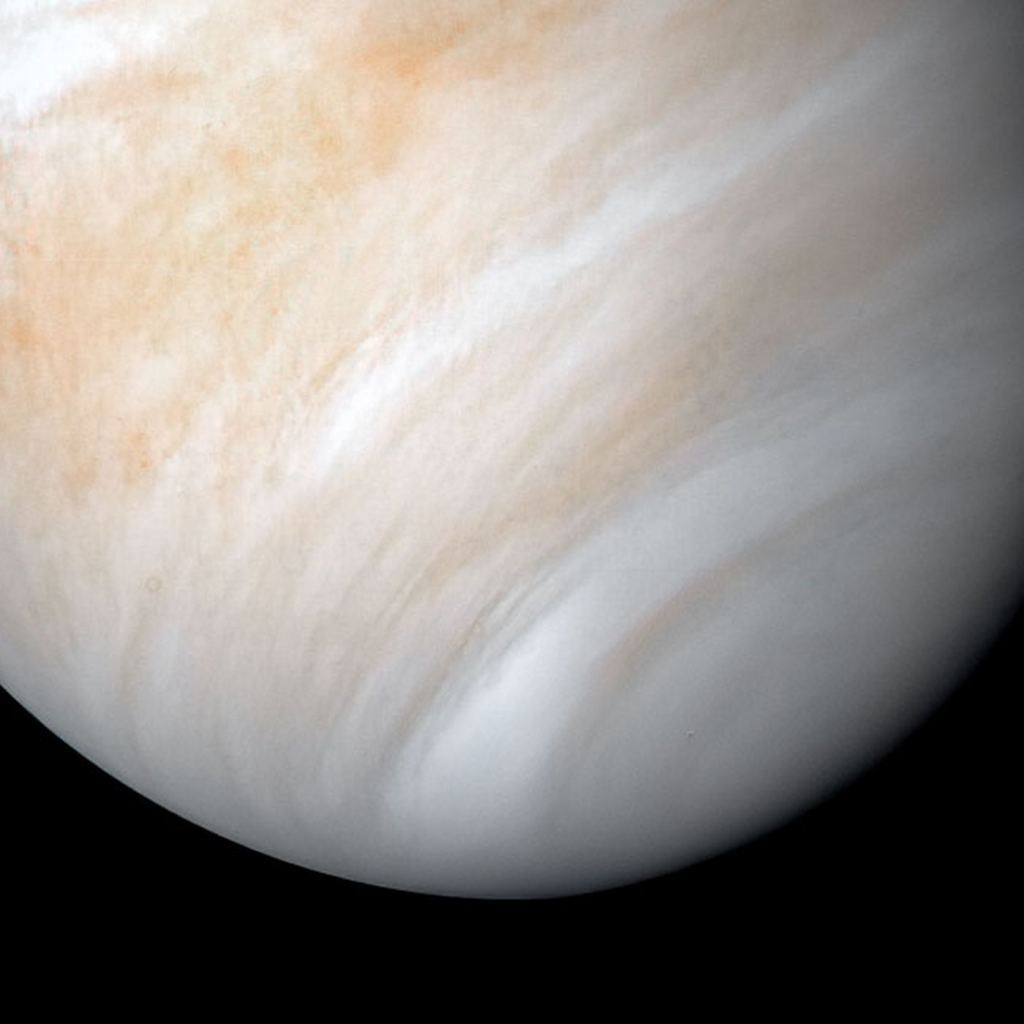A Biosignature
Last week, an incredible announcement was made about the search for extraterrestrial life: Phosphine gas detected in the clouds of Venus – a potential indicator of life or “biosignature.” Now some gases might be a false positive for biosignatures because they can be created by other chemical processes on a planet like photochemical processes in the atmosphere or geological processes beneath the surface that create a given gas. For example, methane can also be a biosignature, and we’ve been hunting it down on Mars, but we know that methane can also be created geologically. Finding phosphine in Venusian clouds is truly remarkable because we don’t presently know of any way to create phosphine abiotically or without life being a part of the equation. Question is – how much life??



